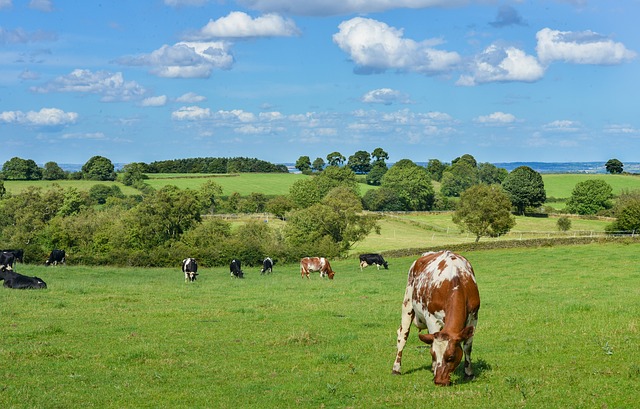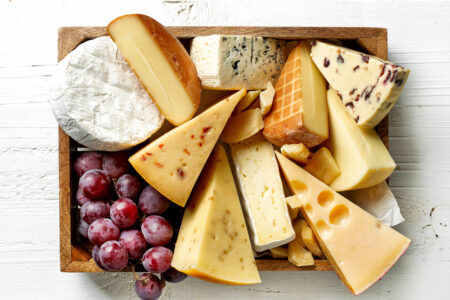COP26 and dairy

The irony of the autumnal flooding making train travel to Glasgow tricky in time for COP26 is not lost on me. If anything tells you about the nature of global warming, it is this. It no longer is just the Maldives sliding into the sea, or Australia burning in the summer. It is regular 50-degree Celsius heat in a good portion of the populated world in Africa and the Middle East. It is coming for all of us, and we all must do our part and try and reduce harmful emissions.
For agriculture and dairy in particular, the requirement to reduce greenhouse gases and try and alleviate the worst of the rise in global temperatures has been a much longer process. Back in 2008, the British dairy industry organisation Dairy UK released its first Dairy Roadmap, where it set out to not only reduce the emission of greenhouse gases, waste, and other pollutants but also improve the efficiency at which it consumes water and energy.
While other sectors of society were busy arguing whether global warming was an issue at all, the dairy industry was getting things together and getting started on helping to alleviate the problems they saw. On-farm and processing improvements on everything from wastewater to energy use have come into wide use in the UK, as well as in other countries.
Today, as Dr Dairy UK president Judith Bryans has noted, “The UK dairy industry is one of the most sustainable in the world, accounting for only 2.8% of greenhouse gas emissions in the UK. We as an industry have an impact, and over the last ten years we’ve worked hard to achieve a reduction of 24% in greenhouse gas emissions.”
Dairy is at the edge of climate change and will continue to be there. However, it’s not only us who will fall off if the world doesn’t succeed in holding back the increasing temperatures.
- Suzanne Christiansen, editor, Dairy Industries International.
Keep in touch via email: [email protected]
Twitter: @dairyindustries or LinkedIn: Dairy Industries International magazine.



